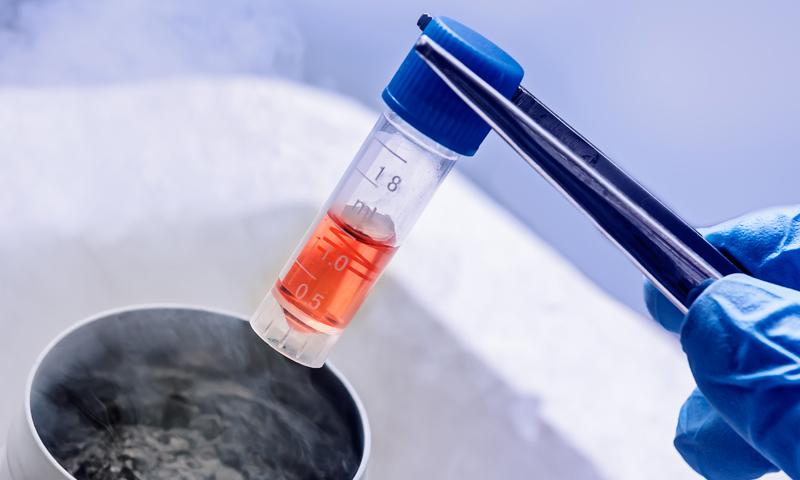Long-term Storage: Cell Cryopreservation allows long-term storage of viable cells for decades or longer when stored properly in liquid nitrogen. This enables cells to be stored indefinitely and recovered when needed for future use.
Gene Banking: Cells can be cryopreserved and stored as living "gene banks" for future molecular and genetic studies. This allows valuable cell lines and DNA/tissue samples to be stored and utilized well into the future.
Biobanking: Cell Cryopreservation is essential for biological sample collection and storage in biobanks. It allows indefinite storage of valuable clinical samples for future research purposes like regenerative medicine development.
Transportation: Cryopreserved cells can also be safely shipped internationally and used for research in other locations. This wide distribution enables global collaboration.
There are two primary cryopreservation techniques - slow freezing and vitrification. Slow freezing involves cooling cells at a controlled rate of around 1°C/minute, while vitrification cools cells extremely rapidly using high concentrations of cryoprotectants.



